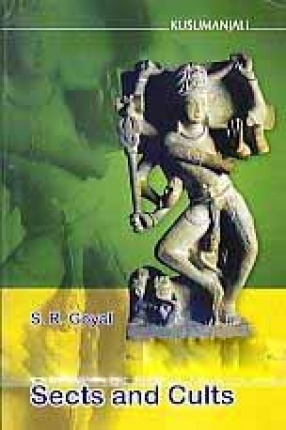
S R Goyal

26 books



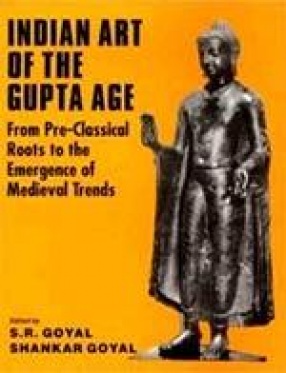
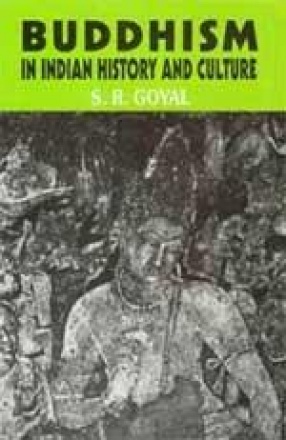





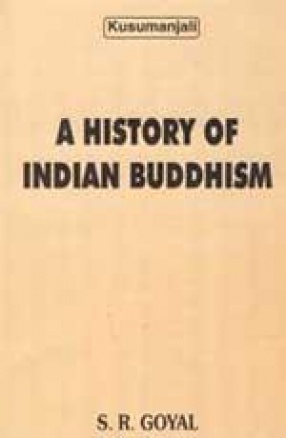


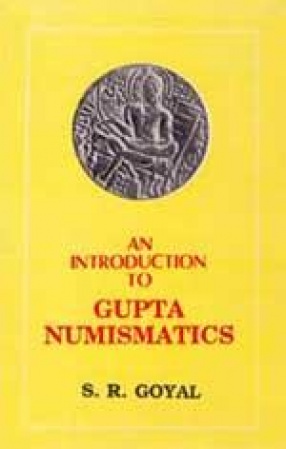
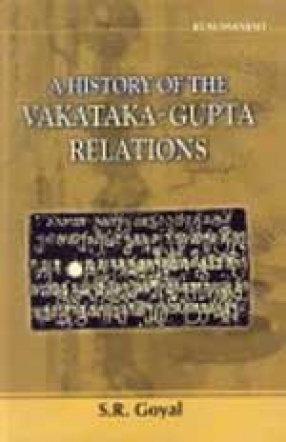

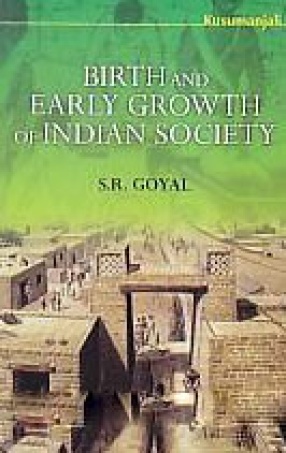

The present work of Professor S.R. Goyal is a study of the Buddhist Triratnas, the Three Jewels of Buddhim-the Buddha, Dharmma and Sangha. But here the author has not confined himself to a life-history of the Buddha, or a description of what are usually accepted as the basic tenets of his Dharmma and an outline of the monastic Order. He has tried to go deeper into the antecedents, forces and circumstances which produced the Buddha and reconstruct an authentic ...

The present work by the renowned Indian historian Professor S.R. Goyal provides a comprehensive post-Buddha history of Indian Buddhism. Though there are several monographs available on the history of Buddhism in India but none of them seeks, as the present work does, to study the history of this religion against the background of India’s cultural evolution and delineate its impact on the contribution to various facets of Indian culture. Further, most of the ...

The Gupta period was admittedly the classical or Golden period of Indian history when ancient Indian culture saw efflorescence in almost all aspects of life, including architecture, sculpture and painting. The art of this period has been a subject of study since the beginning of indological studies in modern times. The present monograph is the recent-most effort in this direction, but with a difference in approach and treatment. Firstly, it contains the fruits of ...

The present work is a comprehensive history of Indian Buddhism. In many ways it is different from other similar works. Firstly, most of the works dealing with the history of Indian Buddhism stop with the disappearance of this religion after the establishment of the Turkish rule in c. 1200 A.D. while the present monograph studies the fortunes of this religion in India upto the modern times. Secondly, it deals not only with the evolution of Indian Buddhism on ...
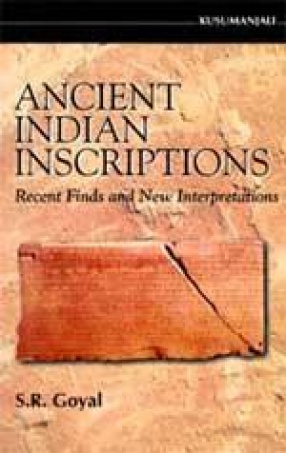
The present monograph seeks mainly to acquaint the teachers and students with important ancient Indian inscriptions discovered in the last few decades. Thought their discovery has often made a reconstruction of political and cultural history necessary, but they are usually beyond the reach of teachers and students as for their study they usually have to consult learned journals and research monographs not always easily accessible. Among such inscriptions are ...

In this critical study of the indica the author of the present monograph Professor S.R. Goyal has shown that the testimony of Megasthenes regarding the absence of the art of writing in India when he visited the country is correct, that the Indian heracles of Megasthenes as described in relation to Mathura should mainly be identified not with Vasudeva-Krshna but with Manu-Vaivasvata, that the Indian Dionysus of Megasthenes is a composite god, and that the ...
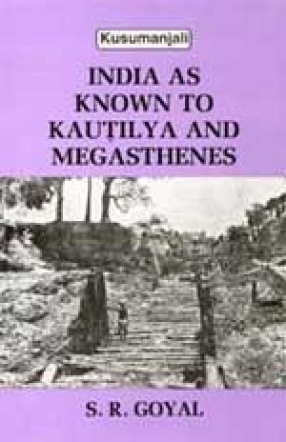
The present monograph throws much new light on the problems connected with the study of the Arthasastra and the Indica. Its author Professor S.R. Goyal believes that Vishnugupta Kautilya whowrote the Arathasastra was different from Chanakya, the Prime Minister of Chandragupta Maurya and that Kautilya flourished more than five centuries later than Chanakya. In the light of these suggestions the author has studied afresh several aspects of the Arthasastric ...

The present monograph the Kautiliya Arthasastra: Its Author, Date and Relevance for the Maurya Period throws much new light on the problems connected with the study of the Arthasastra. Its author Professor S.R. Goyal believes that Vishnugupta Kautilya who wrote the Arthasastra was different from Chanakya and that the former was a staunch Brahmana while the latter was a Jaina by faith. This separation of the individualities of Chanakya and Kautilya makes its ...

The present research work on the Imperial Guptas by Professor S.R. Goyal will blaze, we believe, a new trail in the historiography of ancient Indian political history, for it looks upon the history of the Imperial Guptas not from the traditional ‘what and when happened approach’ but from multidisciplinary integral standpoint in which main political developments and events are put in their proper context by an analysis of their determining influences – ...
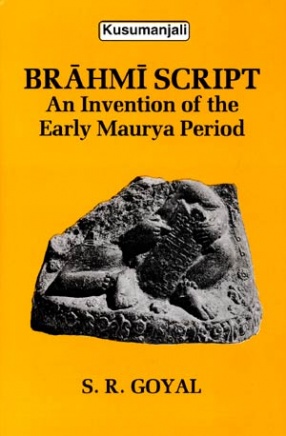
The origin of Brahmi script is one of the most ticklish problems of ancient Indian history. Coupled with this problem is the question of the prevalence of the art of writing in the post-Indus –pre-Asokan period. Earlier it was believed that the knowledge of the art of writing in India was caused by the Greek or West Asian impact. Later, it was proposed that Asokan Brahmi was the end-result of the evolution of the Indus script. The author of the ...


Coins constitute a major source of information for the history of ancient India. But a study of ancient Indian coins in a comprehensive and scientific manner at one place has been a desideratum till now which the present work from the erudite pen of Professor S.R. Goyal, one of the greatest living authorities on Indian history seeks to fulfil. Dr. Goyal, famous for his authoritative and highly acclaimed works on ancient Indian political history, epigraphy and ...

Coins constitute a major source of information for the history of ancient India. But a study of the coins of various ancient Indian dynasties, both foreign and indigenous, in a comprehensive manner has been a desideratum till now. Though numerous Catalogues of the coins of the Indo-Greeks, Sakas, Pahlavas, Kushanas, Satavahanas and the Guptas are now available, but no work dealing with their general features, types and numerous problems associated with them at ...

The author has discussed the right of minting coins, their metrology, metals etc. quite judiciously but has left out the repousse technique and the true import of the droplet method in his treatment of the modes of manufacturing coins. While dealing with the origin and antiquity of Indian coinage, Prof. Goyal has depended mainly on available old books and articles many of which have become almost obsolete now. Glaring examples of omissions are Joe Cribb's 'Dating ...

Though several monographs are available on the history of Buddism in India, but none of them seeks, as the present work of Professor S. R. Goyal does, to study the history of this religion against the background of India’s cultural evolution and delineate its impact on and contribution to various facets of Indian culture – philosophy, literature, religions, art, education, historiography, philosophy of history, political thought, social philosophy, etc. ...

The present volume deals with the relations of Harsha, the famous monarch of ancient India, with Buddhism and other religions of his time. It is probably the first book of its kind, for no work dealing only with religion and religious activities of Harsha, and for that matter any ruler of ancient India, has been attempted by anybody so far. Its author Professor S.R. Goyal has not only collected the entire evidence on this problem, both Indian and Chinese, at one ...



The present monograph seeks to study the emergence and early growth of the Sramanism in India’s religious and religious life. Its author Professor S.R. Goyal is a well-known scholar of ancient Indian religious history. His present work is divided into ten chapters in which the history of Sramanism and its role in ancient Indian religo0us and religious life has been delineated in detail. The first chapter of the monograph discusses the main features of Sramanism ...
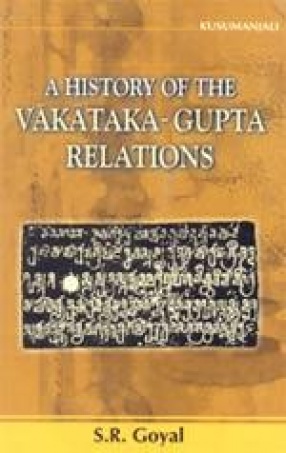
The Indian subcontinent was dominated by the Imperial Guptas and the Vakatakas for some two and a half centuries beginning mid-third century A.D. Numerous works on these dynasties have appeared in English and Hindi, specially on the Imperial Guptas. But a separate v9olume exclusively devoted to the study of their mutual relations has still been a desideratum. It has become an imperative in the light of recent epigraphical and numismatic finds. The author of this ...

The history of the Gupta age is the special area of interest of Professor S.R. Goyal, the author of the present monograph. His doctoral thesis, A history of the imperial Guptas (Allahabad, 1967), has been widely acclaimed. Similarly, his Guptakalina Abhilekha (Meerut, 1984) is regarded as the best work on Gupta epigraphy after Fleet's Corpus. Now he has brought out the present study of Gupta coins. It is divided into four chapters--general features of the Gupta ...

The Indian subcontinent was dominated by the Imperial Guptas and the Vakatakas for some two and a half centuries beginning mid-third century A.D. Numerous works on these dynasties have appeared in English and Hindi, specially on the Imperial Guptas. But a separate volume exclusively devoted to the study of their mutual relations has still been a desideratum. It has become an imperative in the light of recent epigraphical and numismatic finds. The author of this ...
